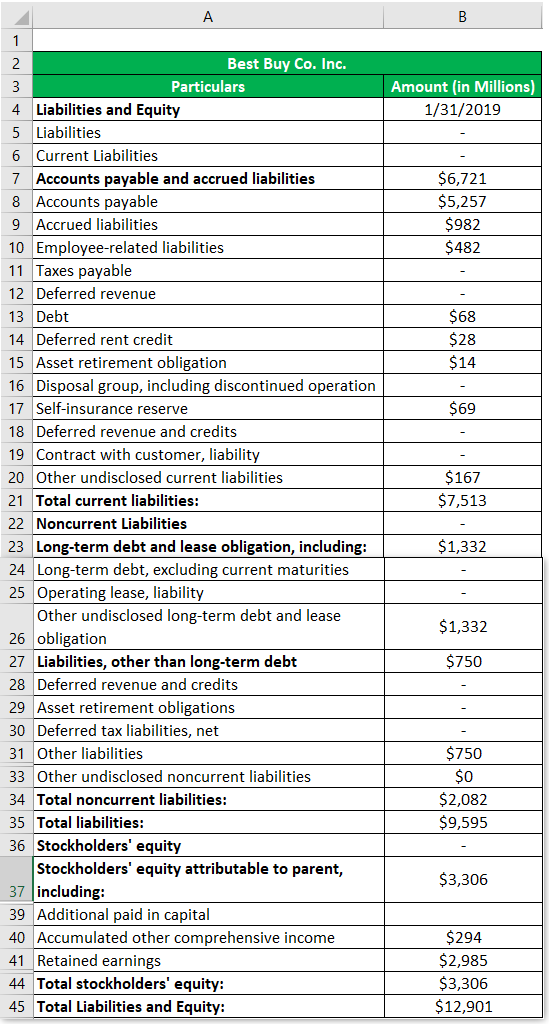Glory Info About Interpretation Of Debt To Equity Ratio
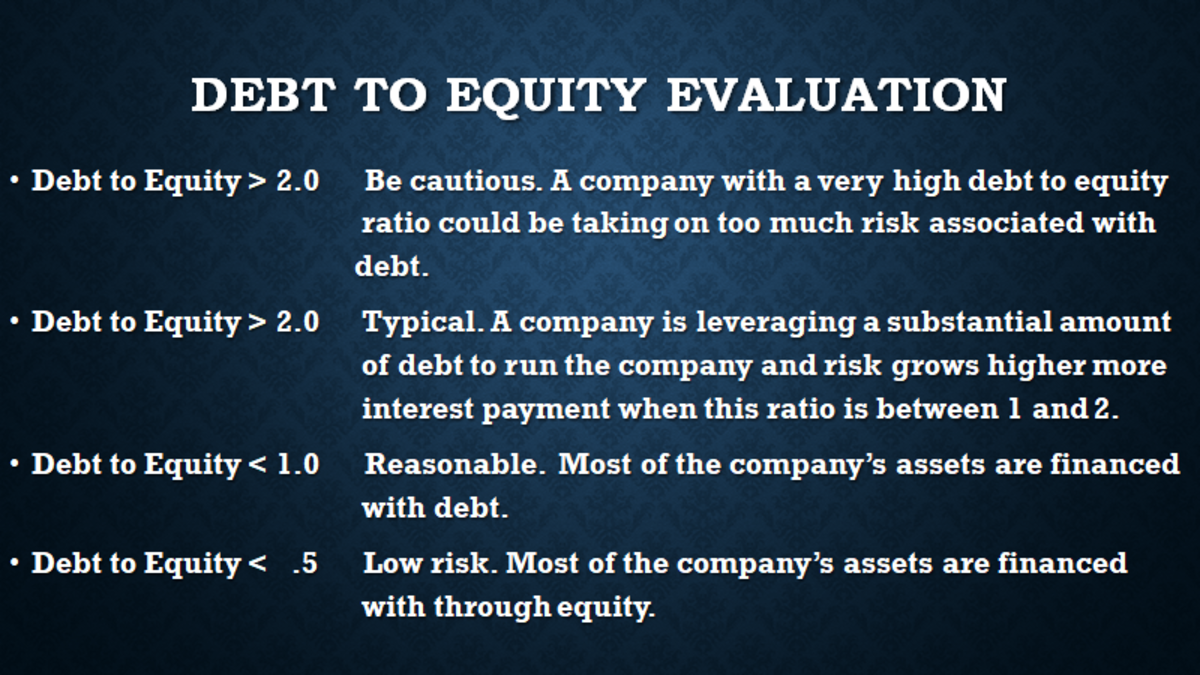
High debt to equity ratio and high level of creditor financing in company operations.
Interpretation of debt to equity ratio. [1] closely related to leveraging, the ratio is also known as risk, gearing or leverage. It shows the relation between the portion of assets financed by creditors and the portion of assets financed by stockholders. Strengthen your loan application.
Now, look what happens if you increase your total debt by taking out a $10,000 business loan. 0.5 = $5,000 / $10,000. Total debt ratio and 8.
Calculate the d/e ratio with the following formula: In contrast, a low ratio indicates the company relies more on equity than debt. The d/e ratio represents the proportion of financing that came from creditors (debt) versus shareholders (.
Check out the debt to equity ratio example below: Debt to equity ratio provides two very important pieces of information to the analysts. A d/e ratio greater than 1 indicates that a company has more debt than equity.
Similarly, the debt to equity ratio has increased from 3.06 in 2021 to 3.52 in 2022. During the borrowing process, lenders assess. You have a total debt of $5,000 and $10,000 in total equity.
Along with the interest expense the company also has to redeem some of the debt it issued in the past which is due for maturity. An alternative interpretation of the strength in equity markets was that financial market participants might be expecting profits to. To calculate it, you divide the company's total liabilities by total shareholder equity, like so:
Suppose the ratio comes to be 1:2; The ratio of debt to equity meaning is the relative proportion of used debt and equity financing that a company has to fund its operations and investments. The debt to equity ratio formula.
A high d/e ratio is considered risky for lenders and investors because it suggests that the company is financing a. A high debt to equity ratio means that the company has more debt than equity. The debt to equity ratio shows the percentage of company financing that comes from creditors and investors.
With an estimated €19.6bn in debt and €2.08bn worth of equity, international consolidated airlines group has a d/e ratio of 9.48, down from 23.35 in december 2021. The debt to equity ratio is a financial, liquidity ratio that compares a company’s total debt to total equity. Debt to equity ratio = total debt / total equity = rs.
Debt to equity ratio can be determined by dividing total debt by equity; They have been listed below. It says that for every 1 $ financed by debts, there are 2 $.
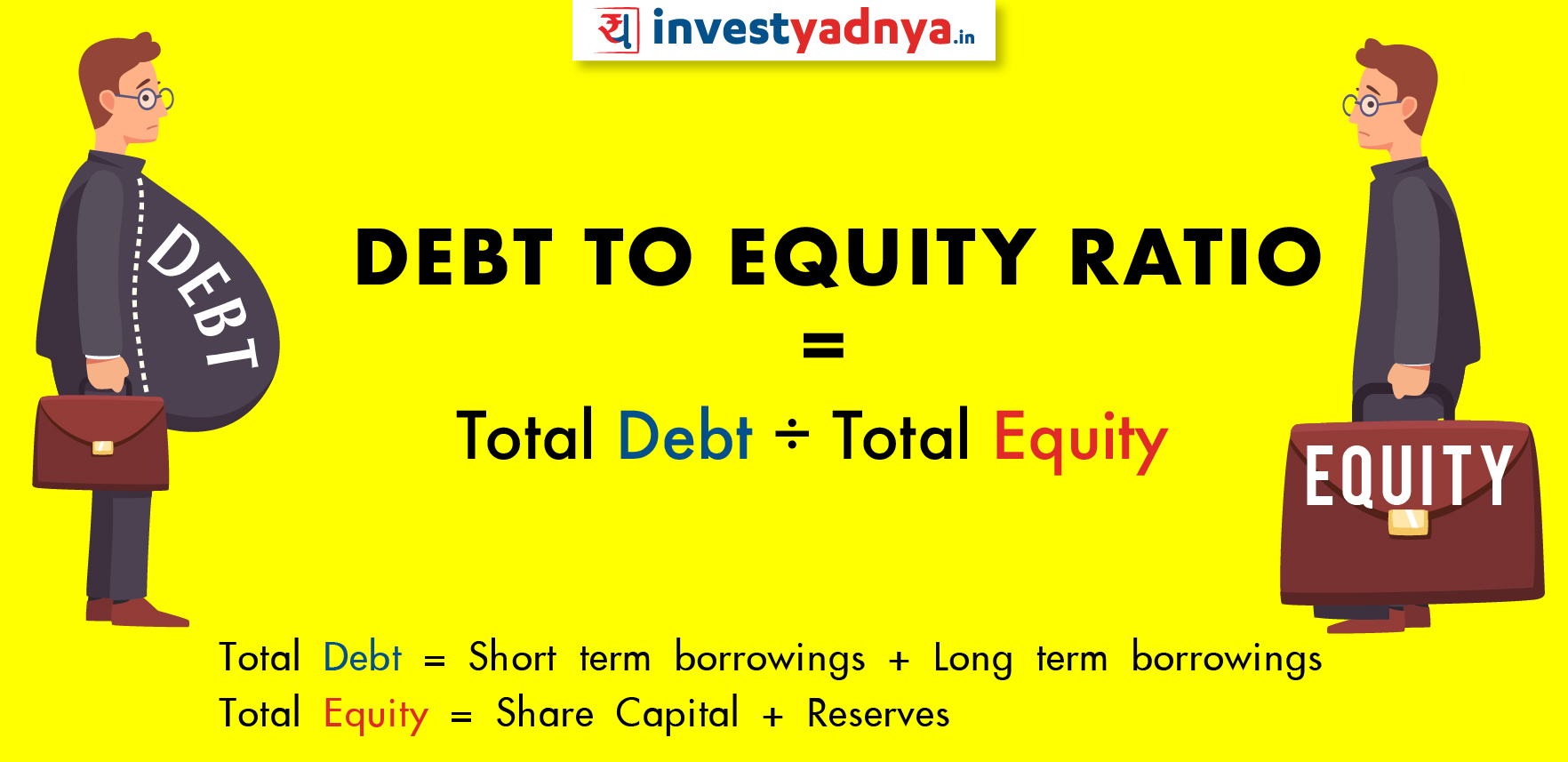
/DEBTEQUITYFINALJPEG-098e44fb157a41cf827e1637b4866845.jpg)
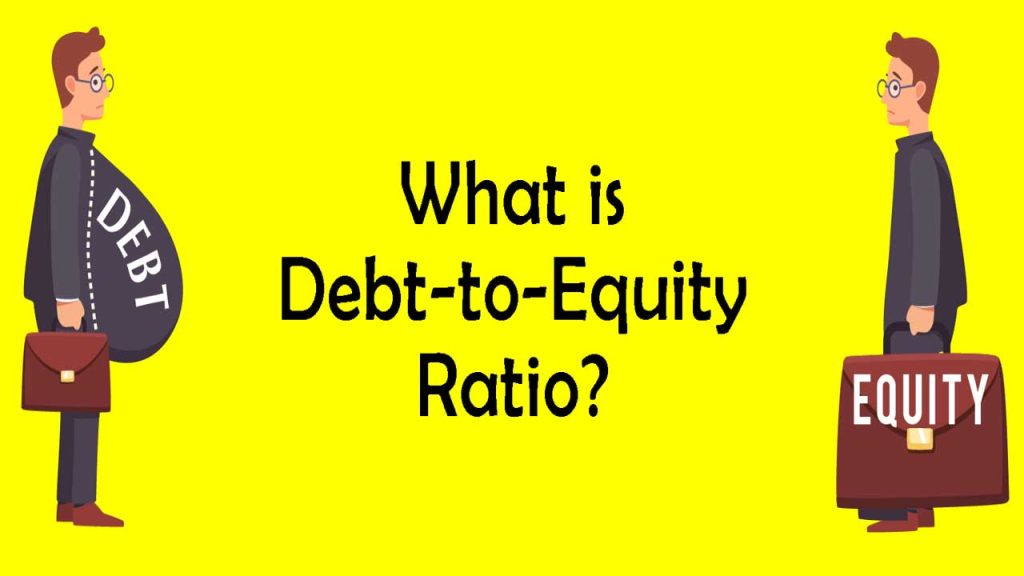

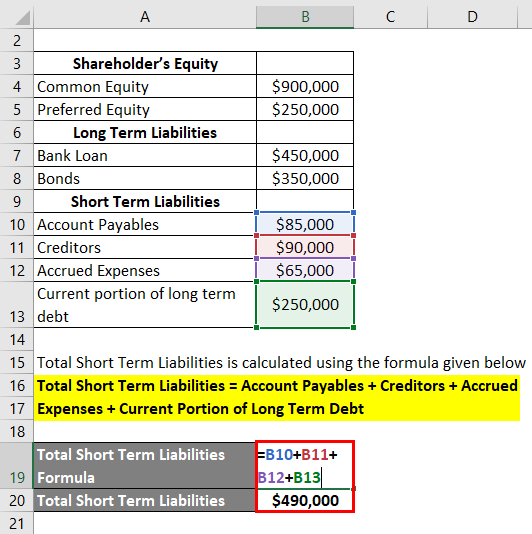

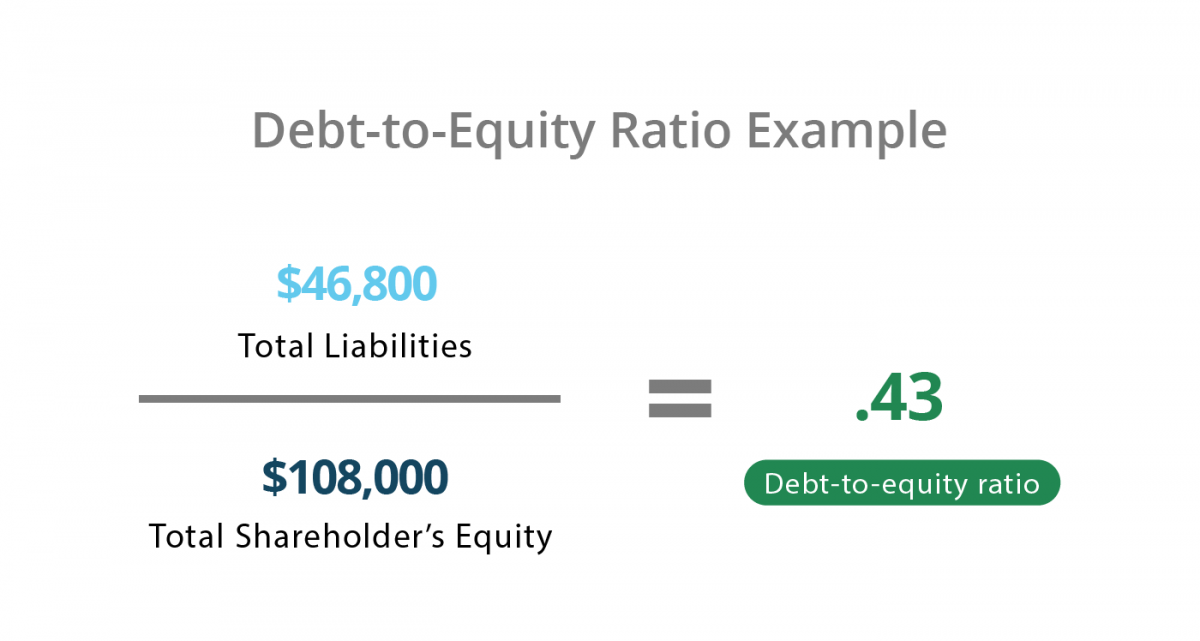
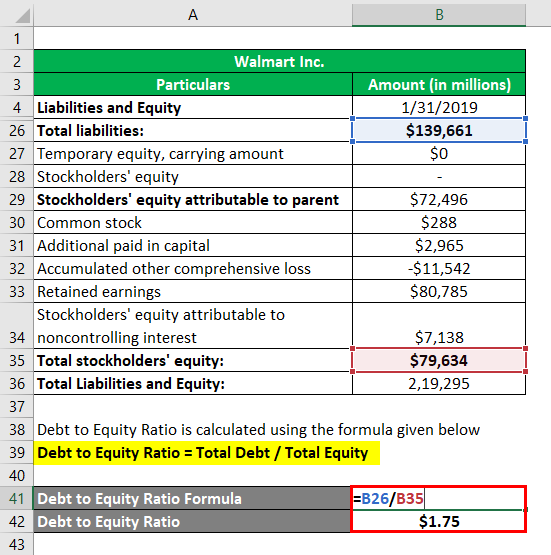

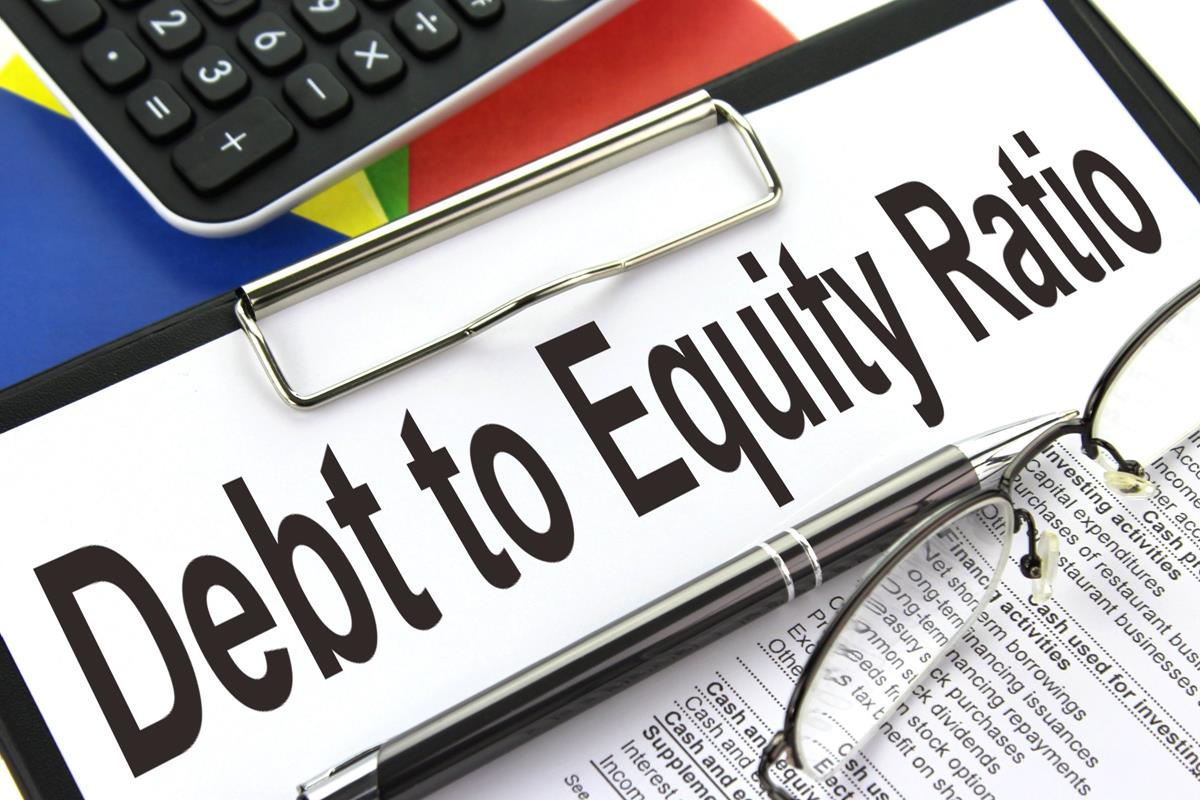

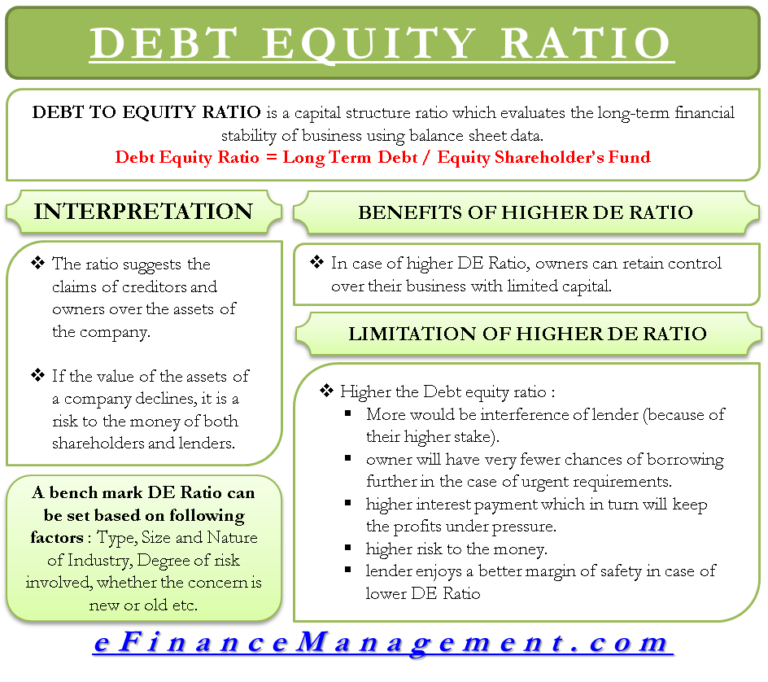
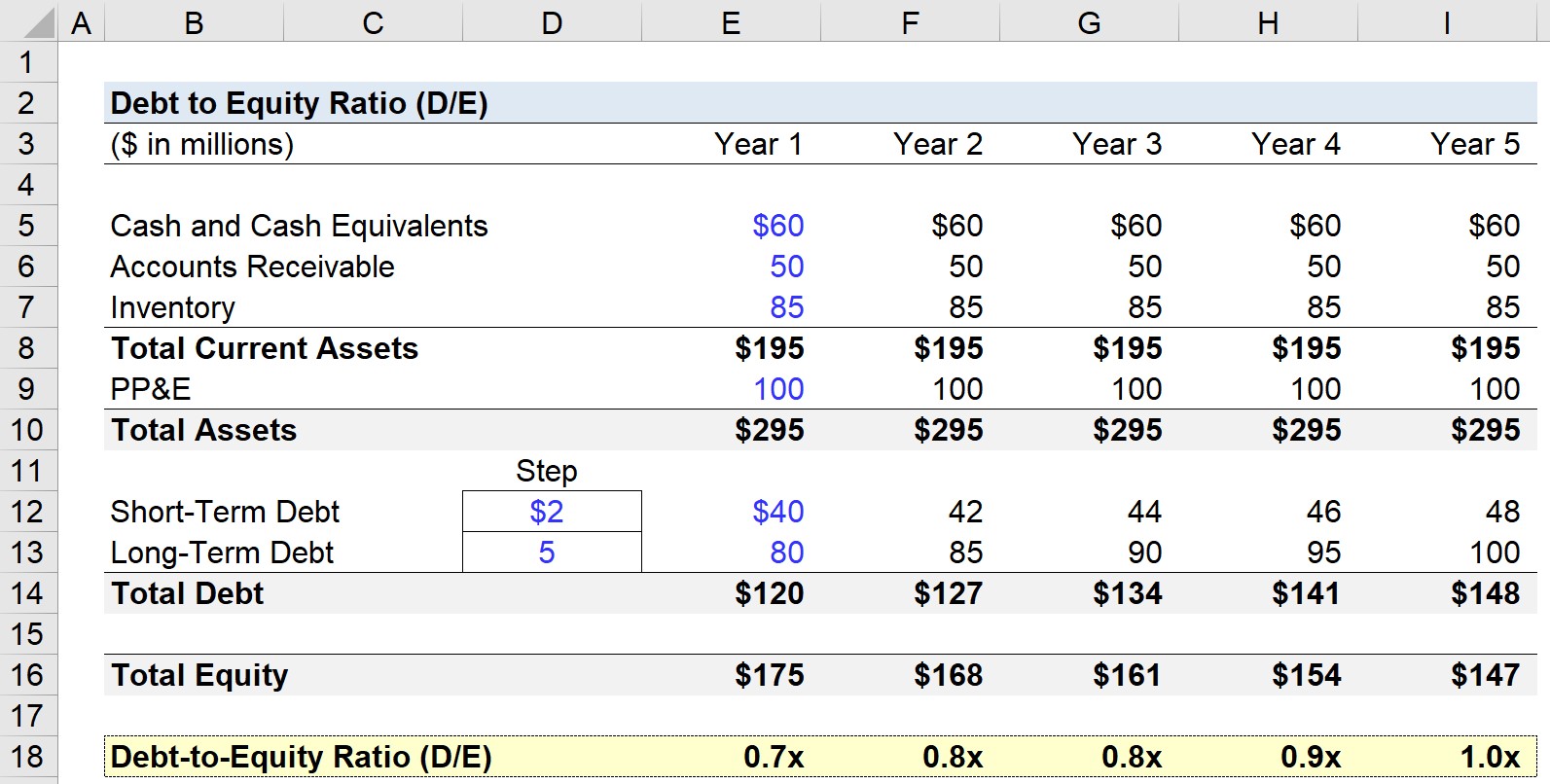


:max_bytes(150000):strip_icc()/debtequityratio_final-86f5e125b5a3459db4c19855481f4fc6.png)
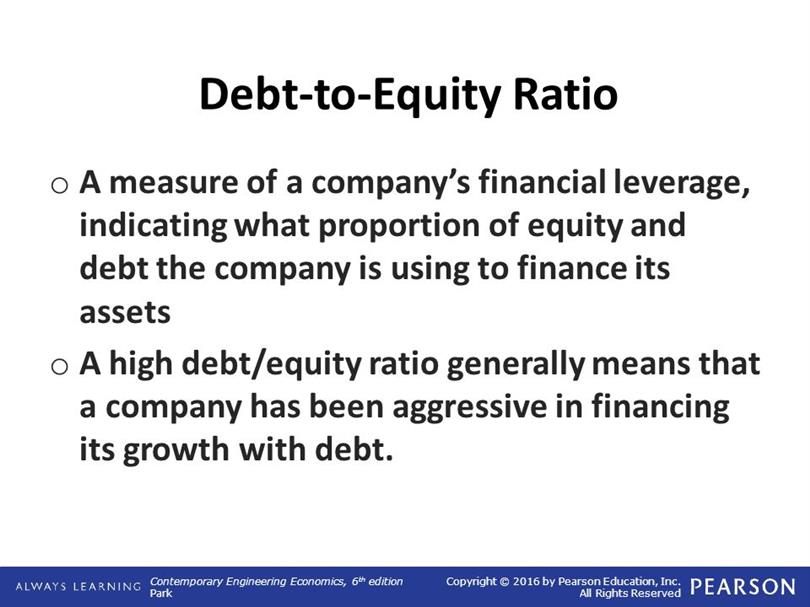
![DebttoEquity Ratio Calculation and Interpretation Penpoin. [2023]](https://penpoin.com/wp-content/uploads/2022/04/Debt-to-Equity-Ratio-Calculation-and-Interpretation-972x572.jpg)
